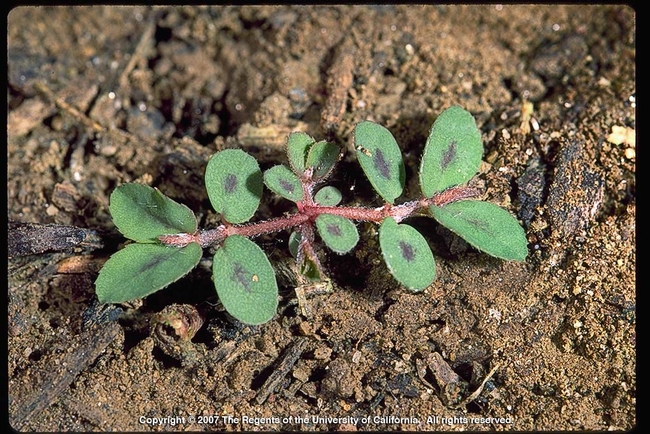Garden threats turned opportunities

Take a walk with new eyes: Most people walk through their garden with specific chores in mind. Those mental notes are handy for getting things done, but sometimes they can interfere with our ability to see the bigger picture. Try to see what works and what doesn't at the seasonal level, rather than noticing which plants need watering or weeding right now. Walking through your garden with these new eyes will help you identify three strengths and three threats within the landscape.
Three threats: Gardens and landscapes are not the tranquil sanctuaries they appear to be — they are battlegrounds. Plants, insects, pathogens, microbes, and many more are constantly battling one another for limited resources. Which three things cause the most trouble for your landscape? Is it slugs and snails? Aphids? Compacted soil? Is the soil too alkaline? By identifying the three biggest problems faced in your garden or landscape, you can focus your efforts specifically on them. Very often, correcting the biggest problems in a landscape improves overall plant health enough that they can handle the smaller problems on their own — and you can relax in the shade!
Three strengths: Every garden has its strengths. It doesn't matter what your garden's strengths are, but you cannot take advantage of them until they have been identified. Walk through your landscape and ask yourself which plants cause you the least amount of trouble. Which areas seem to have less pest or disease problems?
What types of weeds seem to turn up consistently? These conditions and plants can be used as indicators of what works best in your garden. After you pull weeds, ask yourself why those particular species are so successful in your yard. If most of those weeds have deep taproots (dandelions, mallow, prickly lettuce), try growing mustard, carrots, fennel, beets, and other root crops. Spreading weeds (wood sorrel, bindweed, spurge) can indicate the perfect location for mint or oregano. Use the natural characteristics of your garden's strengths and put them to work for you.
Identifying your landscape's strengths and weaknesses can help you stop fighting an uphill battle. Noticing what works in your landscape allows you to put effort where it will be most effective. This will help keep your plants healthier and give you more time to enjoy your summer.
by UC Master Gardener Kate Russell
Photo: Spotted spurge seedling. UC, by C. Elmore
This article first appeared in the July 15, 2017 issue of the South Valley Magazine.

